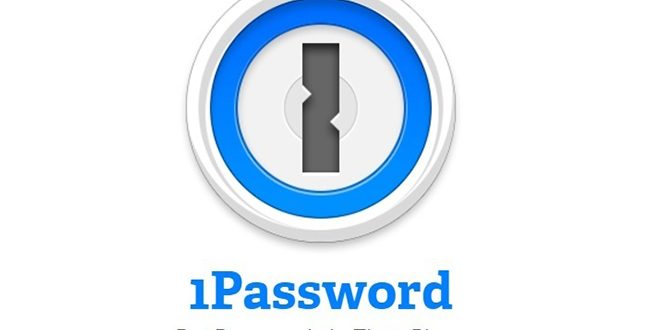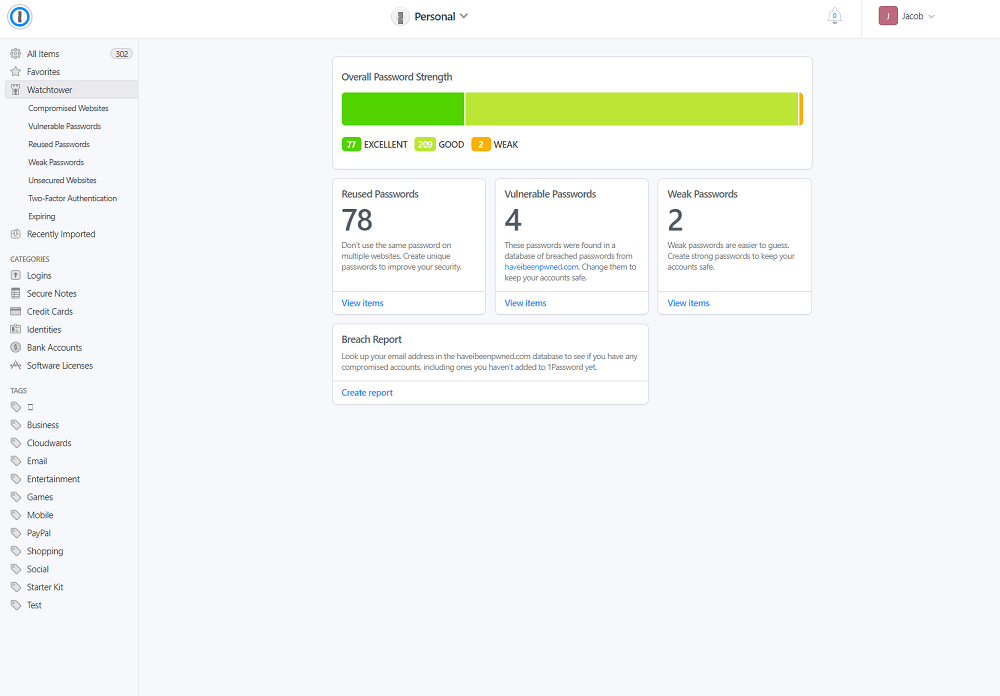

- #1password vault passwrd how to#
- #1password vault passwrd install#
- #1password vault passwrd password#
Rather than following the installation instructions on their website I used Homebrew to install the cli and then logged into my personal vault. When I started googling around for a solution, I learned that 1Password now has a CLI and it works perfectly for what I need to do.


I don’t want to have to leave the command line to be able to get the MFA. While aws-vault deals with MFA very well, getting it out of 1Password is kinda of a problem. A simple brew cask install aws-vault installed it and I after looking over the README on their git repo I was able to log into my first account very quickly.Īs I started diving into it the app, one of the things that quickly came up was that I need to be able to enter my MFA.
#1password vault passwrd password#
The Password type can get data from multiple fields in the Item. Select Settings, then click Import Passwords from the Password Management section in Zoho Vault. This summer, early adopters can begin unlocking their 1Password account with a passkey. Export your passwords from 1Password 4 as a CSV file. 1Password makes it easy to securely share your passwords and other saved items. Installing aws-vault was pretty easy on my Mac. Behavior Support for 1Password secret types of Password and Document. 1Password begins to offer customers the ability to save and sign into online accounts with passkeys.
#1password vault passwrd how to#
One of the challenges I have always had is how to keep keys rotated in a good timely manner. The second is the mechanism that is built in to rotate the credentials. While I do a pretty good job of securing my machine, it does belong to my employer and is managed, so having the ability to secure the keys is very appealing to me. The first is the credentials being stored in a keychain rather than in an unencrypted file on my local hard drive. Having never used aws-vault before, I was really drawn in by two main features. One thing that did catch my eye was the aws-vault program from 99designs that they adopted to use with Okta. In reading through it, we use a lot of similar techniques, although we use Ansible rather than Terraform for managing our users/groups/roles/policies. Guest access is restricted to a single vault. From the LastPass vault, you can launch websites, edit login information, add notes, share login information, and more. Or with the browser extension, LastPass will automatically capture account passwords as you enter them on every website. Because weve built the 1Password security model on top of strong encryption, rather than just. Securely access your 1Password items and vaults in your companys apps and cloud infrastructure using a HashiCorp Vault backend and 1Password Secrets Automation. Our 1Password workspace For 3rd parties that need access to our vaults, we can have up to 5 guests. If you are new to LastPass, you can import sites into your vault or add them manually. I was bouncing around on a couple of different blogs yesterday when I came across this post from the Segment blog on how they manage access to their AWS accounts. But, if you have a 1Password account, the vault we have access to is AES-256 bit encrypted by your Master Password and Secret Key, two keys which only you have (on your devices and in your head, respectively).


 0 kommentar(er)
0 kommentar(er)
